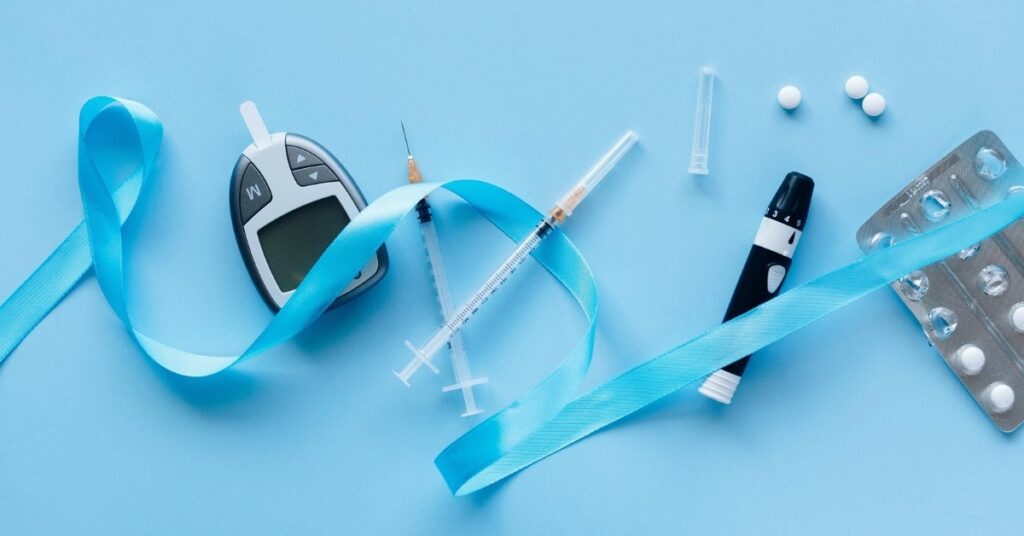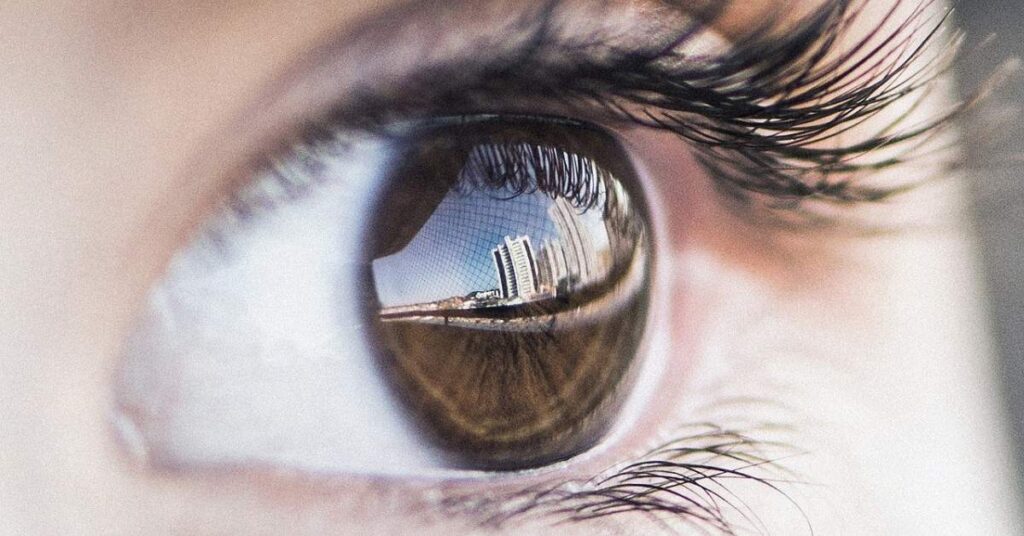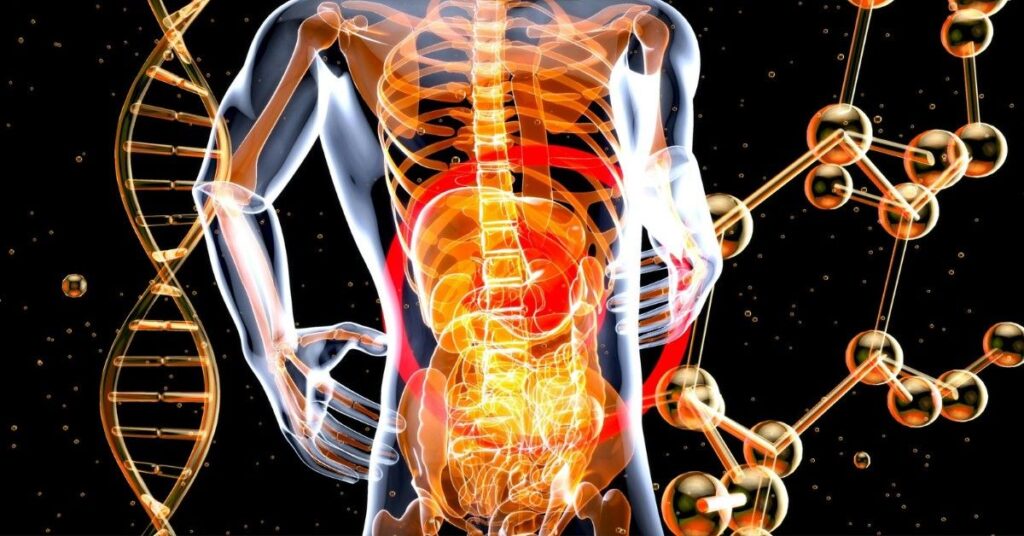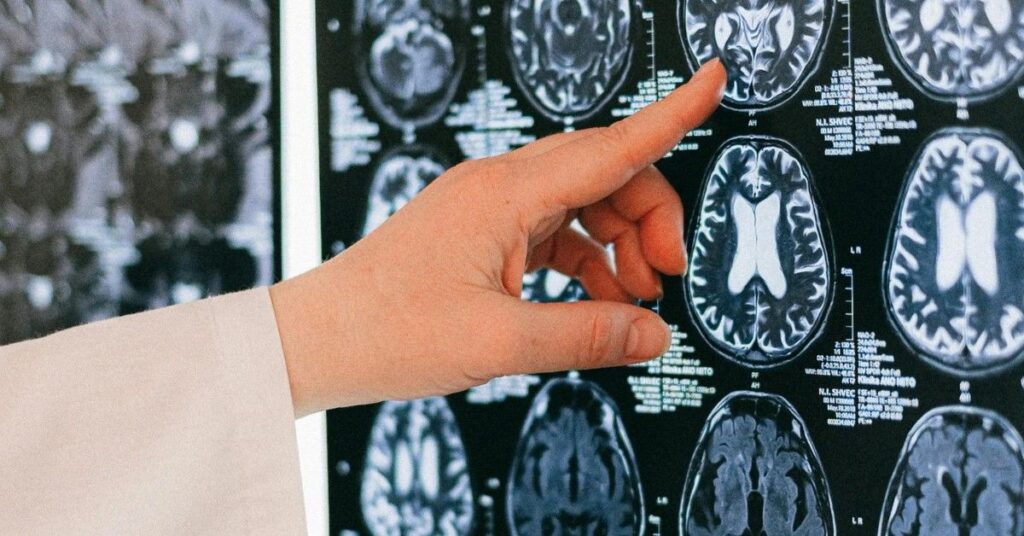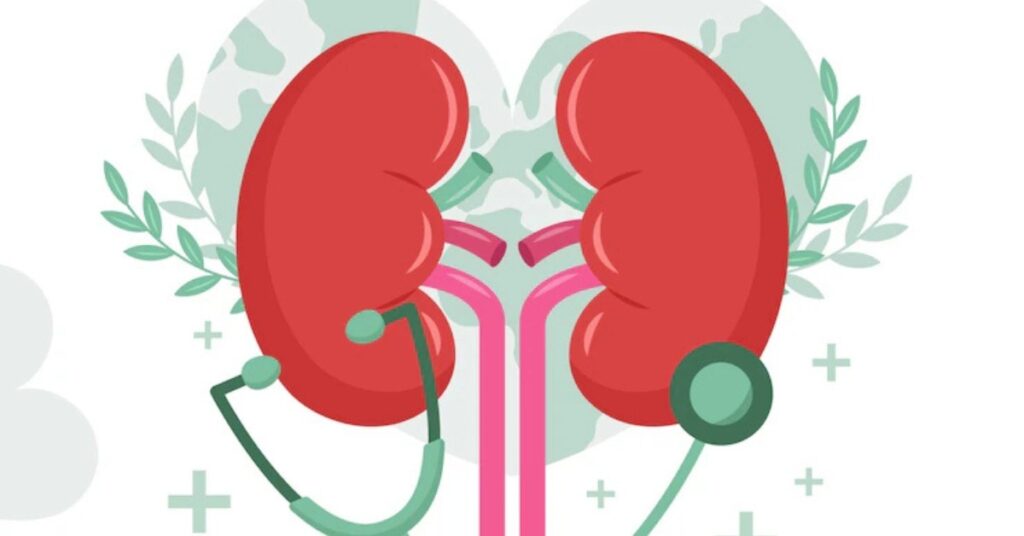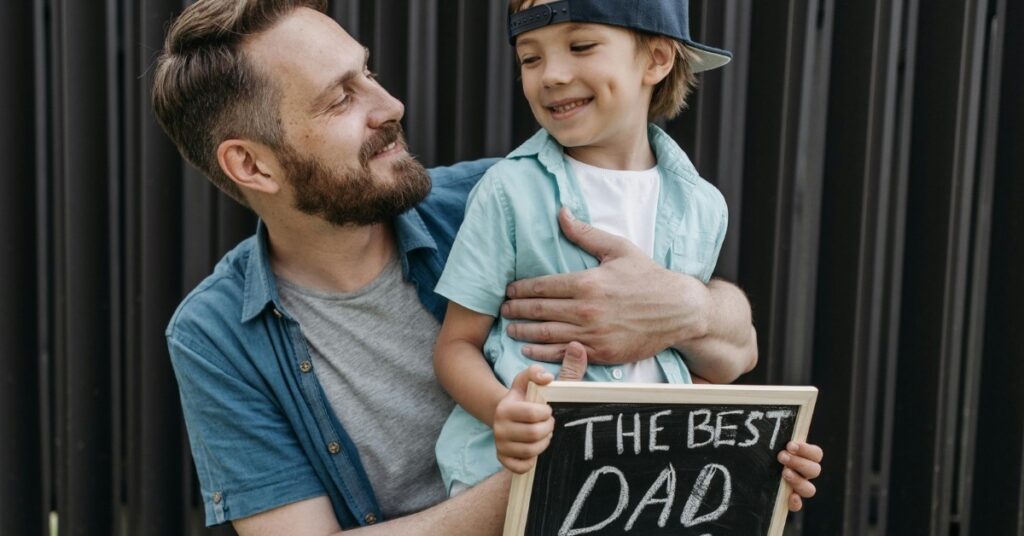Layne Horwich, diagnosed with breast cancer at age 100, is now cancer-free at 101. Her inspiring journey highlights why early detection matters. Learn the warning signs, risk factors, and how breast cancer can affect anyone — regardless of age.
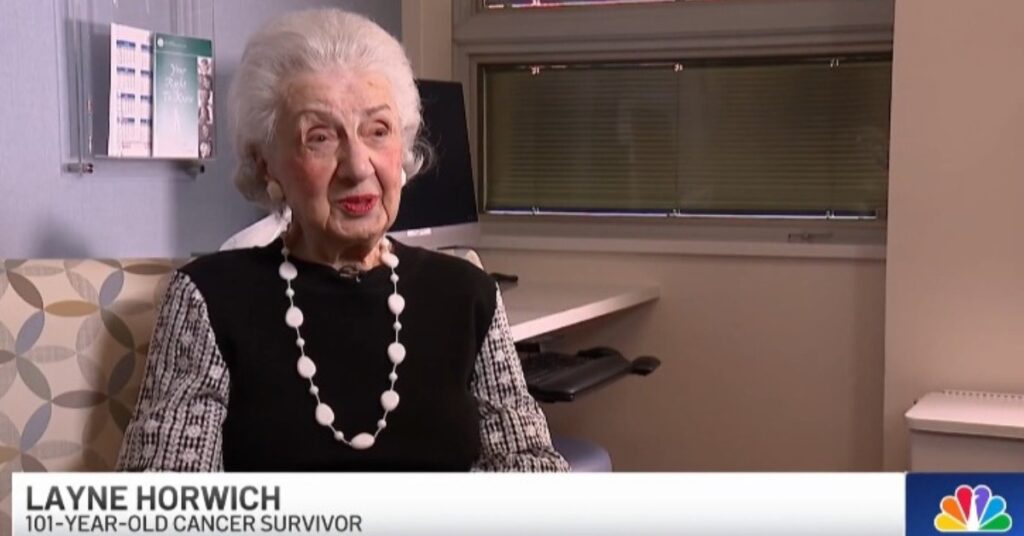
Layne Horwich, a 100-year-old woman from Illinois, was diagnosed with stage 1 breast cancer after discovering a lump on her right breast while changing into her nightgown. “I was putting on my nightgown one night and realized there was a lump there,” she told NBC News.
Following a mammogram arranged by her granddaughter, doctors confirmed the diagnosis. Despite her age, Horwich opted for treatment. “I wanted it out,” she said. “I was so happy I didn’t have a stroke or a heart attack because I would have been incapacitated.”
Dr. Catherine Pesce, her oncologist at Endeavor Health, explained that one of the treatment options was an oral medication called endocrine therapy, which can help slow cancer growth. However, it can cause hair thinning — something Horwich wanted to avoid. “She told me by no means did she want that because she went to the beauty parlor every week,” Pesce said.
Horwich underwent a successful lumpectomy and needed no chemotherapy or radiation. “For her age, she is so extraordinarily healthy,” added Dr. Pesce.
Now cancer-free at 101, Horwich recently passed her driving test and continues to live independently. She hopes her story will encourage women of all ages to stay proactive about their health. “It’s been a long road, and in general, I’ve been pretty lucky,” she said.
What Is Breast Cancer?
Breast cancer is a type of cancer that starts when abnormal cells grow uncontrollably in the breast tissue. While it’s most commonly diagnosed in women, it can also occur in men, as all humans have some amount of breast tissue.
According to medical experts, breast cancer typically develops when these abnormal cells form a tumor. Around 80% of cases are invasive, meaning the cancer can spread beyond the breast to other parts of the body.
Signs and Symptoms of Breast Cancer:
- A visible change in the size, shape, or contour of the breast
- Skin changes on the breast or nipple
- A nipple that turns inward, flattens, or shows unusual positioning
- Peeling, flaking, or scaling of the nipple or surrounding skin
- A lump or thickening in the breast or underarm area that persists through the menstrual cycle
- A mass that may feel as small as a pea or like a hardened marble under the skin
- Persistent pain in the breast or nipple
- Swelling in part of the breast, even without a noticeable lump
- Discharge from the nipple — clear, blood-stained, or unusual in consistency
- Peeling, flaking, or crusting of breast skin
Also Read: Instant Coffee Consumption Could Harm Your Vision, New Study Finds
Who Is at Higher Risk for Breast Cancer?
Several factors can increase a person’s risk of developing breast cancer. These include:
- Family or personal history of breast cancer
- Early menstruation (before age 12) or late menopause (after age 55)
- Being female — although breast cancer can affect men too, women are at much higher risk
- Having dense breast tissue, which makes it harder to detect cancer on mammograms
- Lifestyle factors such as drinking alcohol, obesity, and never having been pregnant
- Having your first child after the age of 30
- Hormone therapy during menopause, especially combined estrogen-progesterone treatment
- Previous exposure to radiation, especially to the chest area during childhood or early adulthood
Also Read: How Much Sun Do You Really Need to Get Enough Vitamin D?

